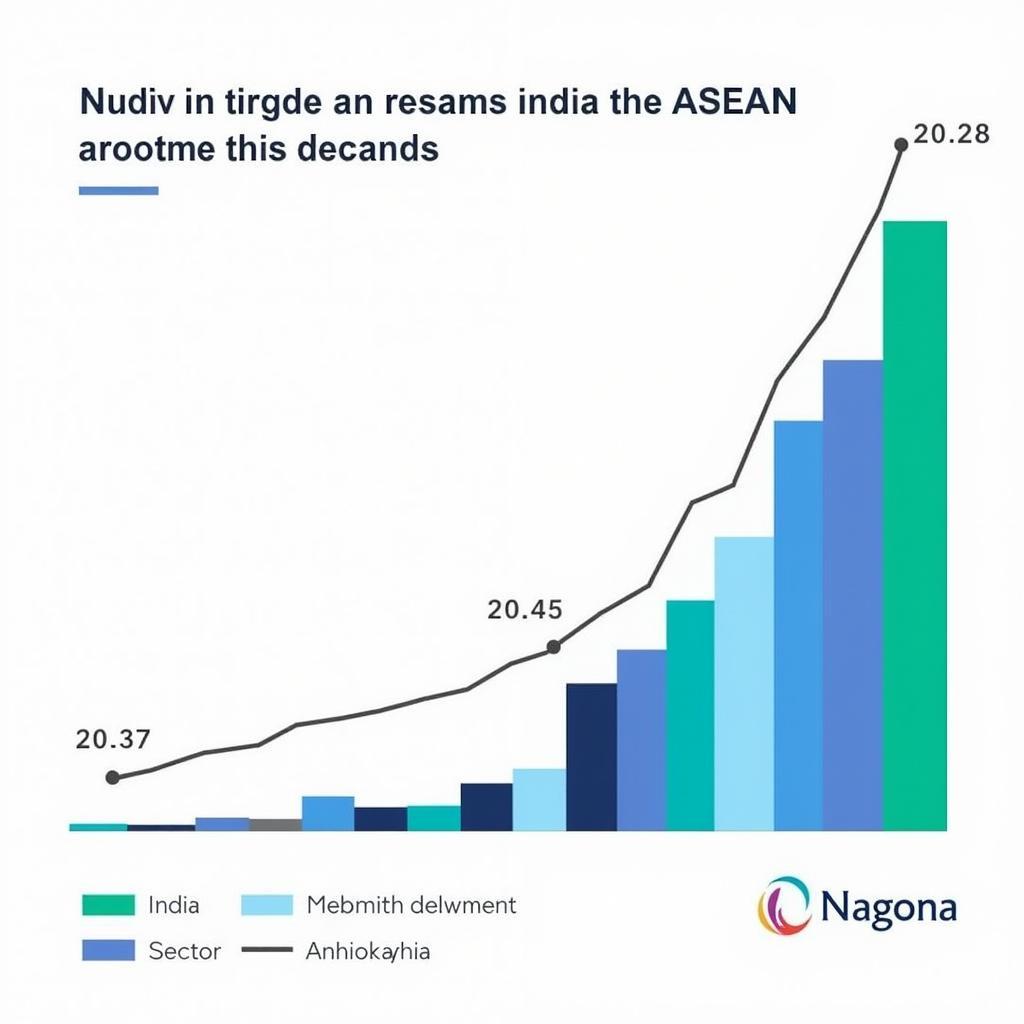India and the Association of Southeast Asian Nations (ASEAN) have enjoyed a multifaceted and evolving relationship for over three decades. From economic partnerships to strategic dialogues, the India-ASEAN bond has grown significantly, shaping the geopolitical landscape of the Indo-Pacific region. This analysis delves into the key dimensions of this relationship, exploring its historical context, economic ties, strategic convergence, and future prospects.
Historical Context of India-ASEAN Relations
India’s engagement with ASEAN began in 1992 under its “Look East” policy, which aimed to strengthen ties with Southeast Asian nations. This marked a turning point in India’s foreign policy, shifting its focus towards the East and recognizing the growing economic and strategic significance of ASEAN.
The relationship was elevated to a Strategic Partnership in 2012, signifying a deeper level of engagement and commitment. Regular summits, ministerial meetings, and dialogues across various sectors have further cemented cooperation and understanding.
Economic Ties: A Cornerstone of the Relationship
Economic cooperation forms the bedrock of the India-ASEAN partnership. The two regions signed a Free Trade Agreement in goods in 2010, followed by an agreement in services and investment in 2015. These agreements have facilitated trade liberalization and investment flows, contributing to substantial economic growth in both regions.
 India-ASEAN Trade Growth
India-ASEAN Trade Growth
India’s “Act East” policy, launched in 2014, further invigorated economic ties. This policy emphasizes connectivity, infrastructure development, and digital partnerships as key drivers of growth and collaboration.
Strategic Convergence: Navigating Geopolitical Shifts
Beyond economics, India and ASEAN share common security interests in the Indo-Pacific region. Both advocate for a rules-based order, freedom of navigation, and peaceful resolution of disputes. The rise of China’s assertiveness in the region has brought India and ASEAN closer, fostering strategic convergence on maritime security, counter-terrorism, and cybersecurity.
Regular naval exercises, joint patrols, and intelligence sharing mechanisms underscore the growing defense cooperation between India and ASEAN. These initiatives are crucial for maintaining peace and stability in the strategically important Indo-Pacific.
Future Prospects: Deepening the Partnership
The India-ASEAN relationship stands at a crucial juncture, poised for further growth and consolidation. Several factors will shape the future trajectory of this partnership, including:
- Evolving Geopolitical Dynamics: The evolving regional security architecture and the strategic competition between major powers will continue to influence India-ASEAN interactions.
- Economic Integration: Deepening economic integration through enhanced trade, investment, and connectivity initiatives will remain a priority.
- People-to-People Ties: Strengthening cultural exchanges, tourism, and educational collaborations will foster greater understanding and goodwill.
 India-ASEAN Connectivity Projects
India-ASEAN Connectivity Projects
Conclusion: A Partnership of Shared Interests and Values
The India-ASEAN relationship is anchored in shared interests, mutual respect, and a common vision for a peaceful and prosperous Indo-Pacific. As both sides navigate the complexities of the 21st century, strengthening this partnership will be vital for regional stability, economic growth, and fostering a rules-based order in the Indo-Pacific.
FAQs
1. What is the significance of ASEAN for India?
ASEAN is crucial for India’s economic, strategic, and cultural interests. It represents a key market for Indian exports, a source of investment, and a partner in maintaining regional security.
2. What are the key areas of cooperation between India and ASEAN?
Key areas include trade and investment, connectivity, maritime security, counter-terrorism, cybersecurity, and cultural exchanges.
3. How does the rise of China impact India-ASEAN relations?
China’s growing assertiveness has led to closer strategic convergence between India and ASEAN, particularly in areas like maritime security and defense cooperation.
4. What are the challenges in the India-ASEAN relationship?
Challenges include the need to address the trade deficit, expedite connectivity projects, and navigate the complexities of regional geopolitics.
5. What is the future outlook for India-ASEAN relations?
The future remains promising, with both sides committed to deepening their partnership based on shared interests and a common vision for the Indo-Pacific.
For further insights on ASEAN, explore these related articles:
Need assistance with ASEAN-related information or services? Contact us:
Phone: 0369020373
Email: aseanmediadirectory@gmail.com
Address: Thon Ngoc Lien, Hiep Hoa, Bac Giang, Vietnam.
Our dedicated customer support team is available 24/7 to assist you.

